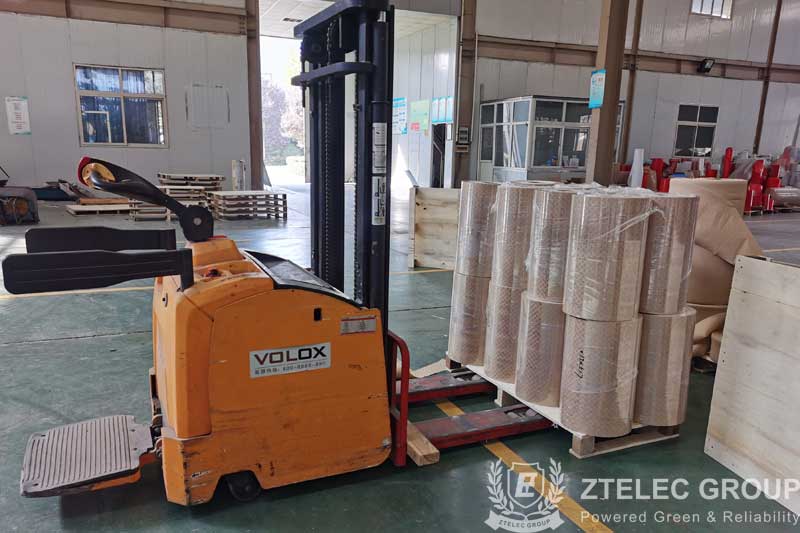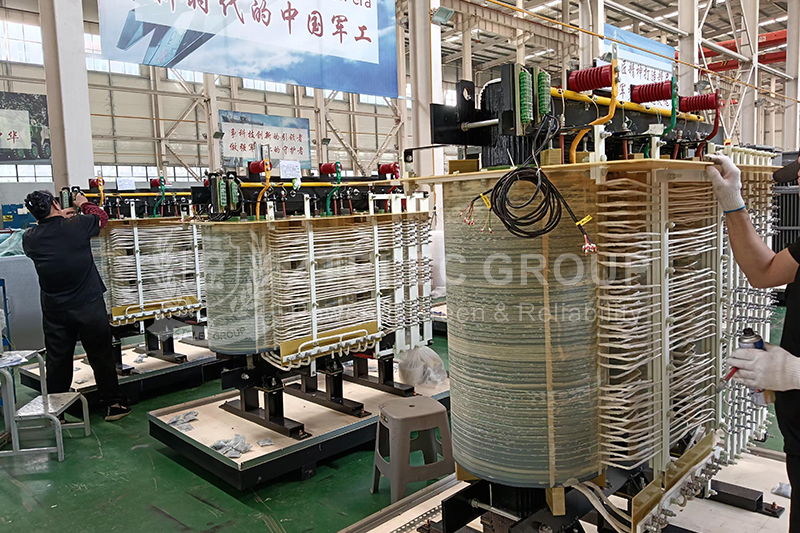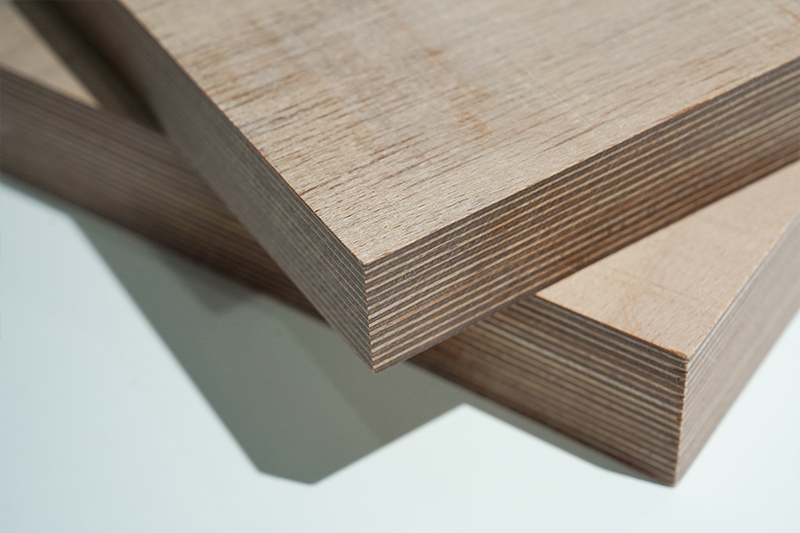Curing conditions of ddp diamond dotted paper for winding insulation
Diamond dotted insulation paper is a kind of high performance insulating paper coated with special modified epoxy resin in the shape of rhombus, which is used in the inter-layer insulation and turn insulation of oil-immersed power transformers. When used, the coating begins to melt at a certain temperature in the drying process of the coil, resulting in adhesion. As the temperature rises, solidification begins, so that the adjacent layers of the winding are reliably bonded into a fixed element. The bonding strength of epoxy resin is sufficient to prevent the displacement of each winding layer during short circuit, thus ensuring the long-term mechanical and electrical properties of the insulating structure.
The resin coating of the insulating ddp paper is punctate, which ensures the oil immersion and gas discharge in the insulating material, and effectively avoids corona and local discharge, thus ensuring the safety and reliability of the insulating structure.

Curing conditions of diamond dotted paper:
It was first kept at 90 ° C ±5 ° C for 3 hours and then heated to 125 ° C ±5 ° C for 6 hours in order to achieve complete curing.
Storage of ddp winding insulation paper:
DDP winding insulation paper should be stored in a dry and clean room with a temperature not higher than 25℃, not near fire, heating or sunlight. Storage period is one year. After the storage period, it can still be used after passing the inspection.
Diamond dotted paper application greatly shortens the production cycle of transformer, which can save a lot of energy and organic solvents, thus reducing the cost and reducing the harm to the environment. In addition, because the coil does not need to dip paint, transformer oil can penetrate into the inner coil through the uncoated part, forming a high insulation strength of oil-paper composite insulation system. And the cooling effect is good, temperature rise is low, and it improves the reliability of transformer operation.
- more+releated article
- 2025-12-13How to Select and Use Phenolic Cloth-base Lami
- 2025-12-13How Much Does Bakelite Sheet Cost? 2025 Price
- 2025-12-13Why are most 3240 epoxy boards yellow?
- 2025-12-13What are the Main Applications of FR4 Epoxy Bo
- 2025-12-13Why Does the Price of Insulating Paperboard Va
- 2025-12-13Heat-Resistant DDP Insulation Paper
- 2025-12-13Comparison of Heat-Resistant DDP Insulating Pa
- 2025-12-13G10 and FR4 Epoxy Boards: Commonly Used for Ge
- 2025-12-13The Price of Heat-Resistant DDP Insulation Pap
- 2025-12-13How to Choose Epoxy Laminate Materials for Gen





